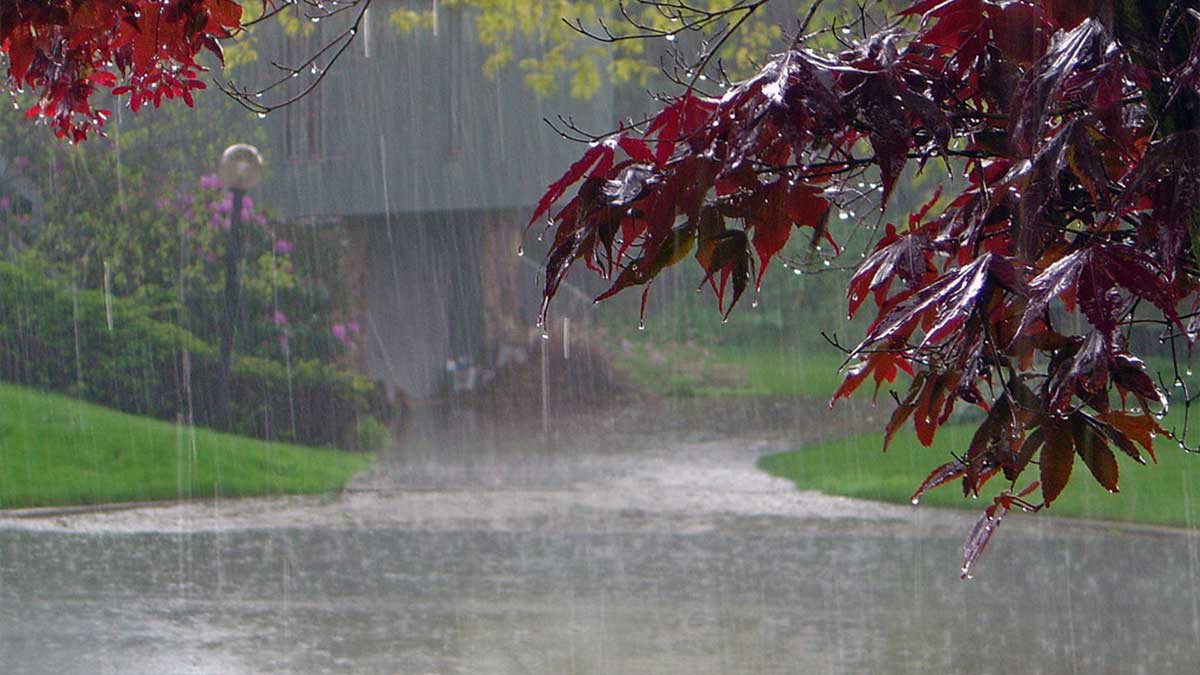The Meteorological sector has freshly released data which presents that Pakistan has received 24 percent below average rainfall from July to August with many stations in Sindh and Balochistan regions not even recording a single drop of rain in the whole month of August.
Continued arid circumstances might affect standing crops in certain districts, it said. According to the collected data, the existing monsoon season rainfall was usual from July 5, 2021, over Pakistan, which was overdue by five days on its normal date (July 1). Strangely, major endless rainfall occurred from July 10 onwards and the national rainfall for July was close to normal.
Read more: Weather, climate disasters surged fivefold in 50 years, says UN
Moreover, a monsoon truncated lies over eastern Sindh and adjoining areas of Rajasthan. Consequently rain, thunderstorms with dust storms and isolated/heavy falls are likely to occur in most parts of Sindh, counting Umerkot, Badin, Sanghar, Tharparkar, Sukkur, Dadu, Larkana, Jacobabad, Karachi, Shikarpur, Hyderabad, Shaheed Benazirabad, Thatta, and Jamshoro in the coming next two days.
The rainfall data showed that the heaviest amount of rain (12mm) is recorded in Gulshan-i-Hadeed followed by light rain in PAF Faisal base (3mm) DHA Phase II (2mm), University Road area (2mm), and Jinnah Terminal that received 1.2mm rainfall.
“It seems to be a continuation of the drought conditions reported a few months back. The effect was more on the drought-prone districts of eastern Sindh. However, the ongoing rainy spell may improve the situation in these districts,” told Sardar Sarfaraz from the Met department, adding sustained dry weather conditions also prevailed in western south-west Balochistan.
Furthermore, Mr Sarfaraz said that there is an overall rainfall deficiency assumed the historical record with July being the wettest and August the second rainiest month across the country.
“We hope the coming monsoon spell expected from Sept 8 onwards would be good enough for the entire country and cause rain from the north to the south.”





















